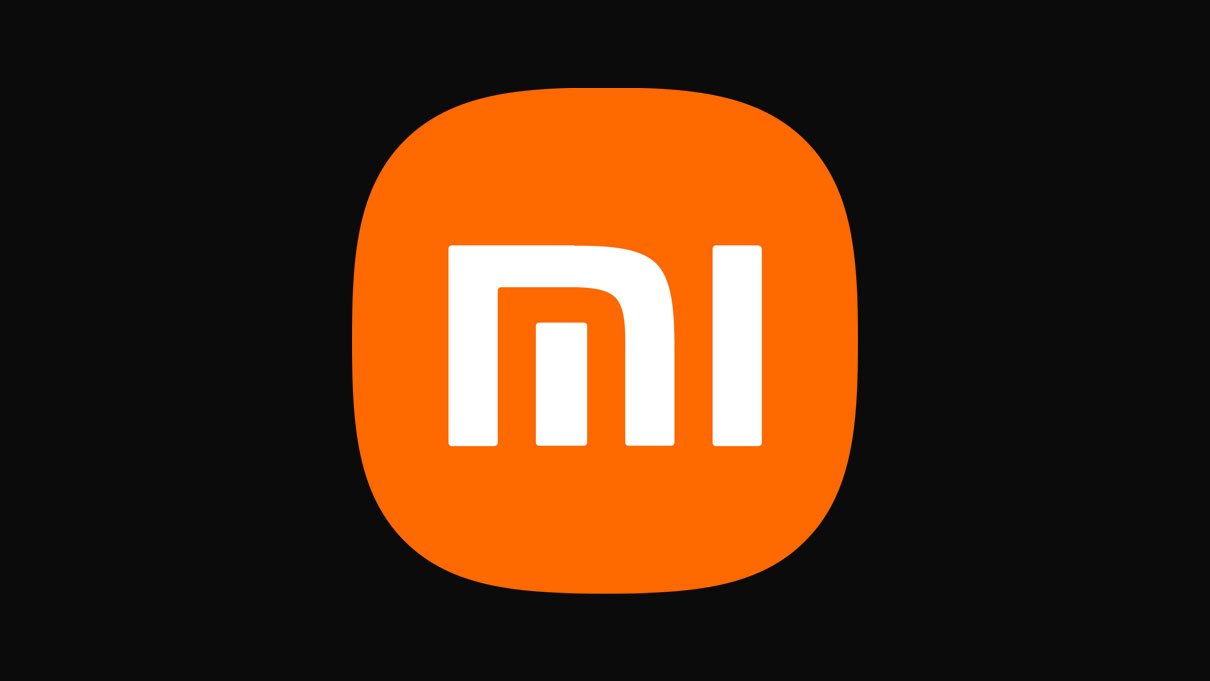
Chinese smartphone manufacturer Xiaomi became the second largest seller of smartphones worldwide in the second quarter of 2021 for the first time, as its share of smartphone shipments rose to 17%, behind Samsung, which had 19%, according to a recent research report. Who directed investors towards Xiaomi stock trading To anticipate further rise in the value of the company.
Apple came in third place with a global share of 14%, while Chinese companies OPPO and Vivo occupied the fourth and fifth positions, with 10% of the market share, respectively.
Canalys report stated that Worldwide smartphone shipments grew 12% during the second quarter of this year amid the pandemic, adding that all vendors are fighting to secure component supplies amid global shortages.
One expert says that Xiaomi is rapidly growing its overseas business, adding, “For example, its shipments exceeded about 300% to Latin America and in Africa, increased by about 150% and by about 50% in Western Europe.
Xiaomi has invested more than 1.54 billion dollars in research and development during 2020, and the input is expected to increase by 30-40% this year. annually, thus increasing its market share.
According to the company's first quarter quarterly financial report, its smartphones have entered the markets of more than 100 countries and regions around the world, and the company's sales have taken the first places in 12 countries and regions, ranking second in the European market and ranking first in the Indian market for many years, the report said.
Xiaomi has a chance to become the world's leading brand
Xiaomi has surpassed Apple in the number of smartphone shipments To become the second largest company To manufacture the world's smartphones, the Chinese smartphone maker has benefited from the demise of its domestic rival Huawei and is now threatening Samsung's lead.
According to the latest figures revealed, in the second quarter of 2021, Xiaomi was the world's second largest smartphone maker in terms of sales. a lot and had a market of 17% during the same period.
The company is targeting to increase sales of its flagship phones such as the Mi 11 Ultra, but the smartphone maker will continue to face challenges from other Chinese brands such as Oppo, who have the same goal.
However, the numbers suggest that Xiaomi may have a good chance of overtaking Samsung to become the world's #1 smartphone brand at this pace. Medium with the launch of the Note 10 and Mi series smartphones.
Most of the brands moved to fill the void left by Huawei’s exit from the premium smartphone market. Not long ago, Huawei managed to displace Apple and take second place among smartphone makers. However, sanctions were imposed on it soon after and the company eventually withdrew from the market. High quality phones.
Xiaomi OnePlus and others have since scrambled to fill the void, and it will be interesting to see if Xiaomi will be able to hold the position over the next few quarters amid increased competition.
In the fourth quarter of 2020, global shipments of Xiaomi reached 43.4 million units with a growth of 31.5% year-on-year, surpassing Apple for the first time and returning to third place, in the first quarter of 2021 Apple rose to second place by 15% of Global smartphone market share, followed by Xiaomi with a market share of 14%. The company's global smartphone shipments amounted to about 49.4 million units at that time with a growth of 69.1% year-on-year.
Since the company launched its first premium flagship Mi 10 series and has been constantly innovating in various areas such as camera, display, charging, smart manufacturing and more, the company is currently investing in making a breakthrough in the premium market, bringing the latest cutting edge technologies to consumers and helping to shape the industry trend.
Xiaomi was the first to introduce many industry-leading technologies to the market. In the field of camera technology, the company introduced a 108-megapixel camera, a GN2 camera sensor and an innovative liquid lens, in the displays, it pioneered the technology research of the third generation of the under-screen camera.
The company also excelled in battery charging, achieving 200W wired charging and 120W wireless charging for the first time. In addition, it was the first to introduce graphene-based lithium-ion batteries and second-generation silicon-oxygen batteries. Xiaomi is also a leading manufacturer of ceramic phones. portable, leading the industry exploration trend.
In addition, the first phase of the company's smart factory has begun to operate, its production lines are automated and capable of manufacturing one million advanced smartphones annually, and it is also a huge laboratory facility that enables it to research new materials and technologies, as well as test advanced manufacturing and production processes.
Innovation is part of the company’s culture, as it invests heavily in research and development and hires the best talent. It invested nearly $1.54 million in research and development during 2020, and the number is expected to increase this year by 30-40%, at the beginning of the year. 2021 announced the largest recruitment campaign for engineers in its history, recruiting about 5,000 engineers in one year, which will occupy 20% of the total staff, at the same time, it launched multiple initiatives to stimulate talents such as a million-dollar prize project for technology talents, a scheme to stimulate young engineers, etc. that.
Xiaomi's global expansion as well as the shift in new retail channels has been an important driving force in helping the company become the second largest smartphone maker.
These are the top five smartphone vendors globally, according to a Canalys report.
1. Samsung: 19% of global shipments
The South Korean technology giant Samsung topped the list. Data indicate that the company, during the second quarter of this year, managed to acquire global shipments of smartphones by one in five shipments.
In April, the company announced increased sales of its flagship models, including the Galaxy S21 and cheaper mass-market models. In addition to phones, the company makes a range of consumer and industrial electronics, including laptops, tablets, watches, semiconductors, and memory chips.
2. Xiaomi: 17% of global shipments
The Chinese company, Xiaomi, came in second place, behind Samsung, which accounted for 17% of global shipments in the second quarter.
Among the top five smartphone manufacturers in the Canalys list, Xiaomi recorded the highest annual growth rate of 83%, with the average price of the company’s phones being a quarter of the price of Apple phones, and it intends to raise sales of its advanced phones such as Mi 11 Ultra, whose price starts from $ 900, in addition to Smartphones Xiaomi announced in March that it was pumping $10 billion into a new smart unit of electric vehicles.
3. Apple: 14% of global shipments
Apple recorded the lowest growth rate for smartphone manufacturers on the list, with its annual shipments growing by 1%. The report stated that in the second quarter, it accounted for 14% of all global smartphone shipments.
The American tech giant reported $47.9 billion in iPhone sales during the first quarter of 2021, after life returned to normal for the first time since the coronavirus crisis.
IDC, which also releases quarterly smartphone shipment estimates, has not released its report for the second quarter of 2021 yet, but said that Apple shipped 14% more smartphones than Xiaomi in the first quarter.
4. OPPO and Vivo: 10% of global shipments each
The Canalys report stated that the two Chinese companies, Vivo and Oppo, account for 10% of global shipments each, as the data organization provided similar numbers in its report for the first quarter, and the report added that the two companies achieved annual growth rates in shipments in the late twenties.







